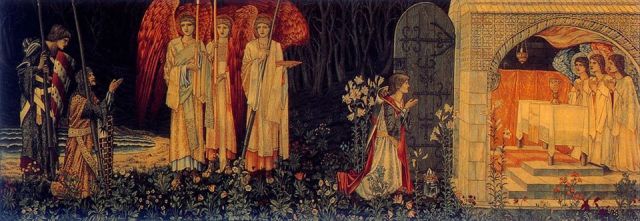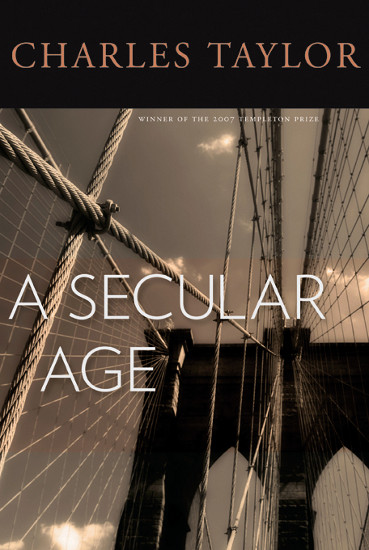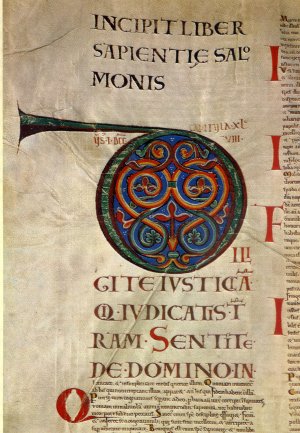David Russell Mosley

Ordinary Time
27 May 2016
The Edge of Elfland
Hudson, New Hampshire
Dear Friends and Family,
I’ve been on something of an Arthur kick lately. It started when I decided to buy and then read Avalon, by Stephen Lawhead (a kind of sixth book in Lawhead’s Pendragon Cycle). Once I finished it, I decided to do my annual re-read of Lewis’s Cosmic Trilogy, which culminates in the intensely Arthurian That Hideous Strength. In the midst of all this Sørina Higgins, over at The Oddest Inkling, who’s been blogging her way through the works of Charles Williams chronologically, decided have multiple bloggers write posts about individual poems from Williams’ Taliessin through Logres. I will have two essays in that series myself (one on “The Departure of Merlin” and one on the final poem, “Taliessin at Lancelot’s Mass”). This kick has led me to pick up a copy of Tennyson’s Idylls of the King and request a copy of Le Morte D’Arthur by Thomas Malory (my copy is back in Illinois).
Now in addition to telling you about my reading habits and encouraging you to check out the series on The Oddest Inkling, I wanted to reflect on Arthur a bit. I’ve written about him before (The Return of Arthur: A Conversation with John Milbank and C. S. Lewis, That Hideous Strength: The Cosmic and Enchanted Earth), but I want to reflect on something a little different this time around. I want to reflect on the question: why Arthur? Or even, why Logres (the name of Arthur’s kingdom)?
Arthur has had something of an enduring presence that on first blush seems obvious. It’s an idealized time when men were virtuous and righted wrongs; a time when women were strong of character and beauty; when the faith and the state were unified in a nearly perfect kind of way. And yet things were far from perfect. Depending on the stories you read, and when they were written, infidelity, adultery, incest even were rampant. And how many stories end with friends or even brothers harming or killing each other by accident because they were wearing the wrong armor or bore the wrong shield (in order to hide their identity)? Arthur himself is oblivious to his wife’s infidelity and one of his closest friend’s betrayal. Not only that, but he beds his sister and by her sires a child, at once son and nephew, who will eventually strike Arthur down. Arthur and his kingdom are far from perfect, and yet we somehow still idealize both him and his kingdom.
Of course, if we compare Arthur to Old Testament figures, he stands up alright. He’s not nearly as bad as Samson, and even David and Solomon have points at least nearly as low as accidentally sleeping with your half-sister. The comparison between Arthur and the Davidic kingdom is actually a rather natural one and may explain some of the allure of Arthur and Logres. After all, both give us idealized Kingdoms in which the monarch rules within God’s will (when they’re acting correctly). Both also give us stories about a kind of return. The Old Testament is replete with hopes of one from the line of Jesse, who will rebuild David’s tent. With Arthur there is hope for his return one day, when Britain needs him most, in the fulness of time, we might say. Not, of course, that Arthur is Christ, his return could only be an aid, balm to soothe our wounds until the one who can heal them returns. Perhaps this is one of the reasons Arthur endures, despite his faults, like David and Solomon before him, he represents Christ to us, but I think there might be something more, something beyond even Arthur himself.
With all it’s imperfections, Arthur’s Kingdom is what really draws us in. It is Logres that we find so attractive. This makes even more sense when we consider that many Arthurian legends include little action on Arthur’s part, “Sir Launfal,” “Sir Gawain and the Green Knight,” “Tristram and Iseult,” are all primarily about Logres, about the people who lived in the time of Arthur, were Arthur’s friends or foes. Even when one reads Lewis’ That Hideous Strength or Williams’ Taliessin through Logres one finds very little Arthur. In Lewis the focus is decidedly on Logres, which Lewis makes into an ideal, a haunting, behind Britain that strives with Britain for the soul of the Island. In Williams the focus, in my estimation, is on Lancelot and Galahad and therefore on Logres. Williams’ book ends with Logres having withdrawn to Galahad’s home Carbonek in Broceliande, and yet he calls us to pray for the skill to return to Logres.
So what is it about Logres? I think, and as I re-read my way through some Arthuriana this summer (interestingly, Lawhead refers to Logres as the Kingdom of Summer, something I hadn’t considered when I took up my Arthurian readings) I will be able to better tell, that three things really attract us to Logres. First, I think, is the sense of society. The people who live in Logres have a single (or nearly so) vision of what life is and to what end it is directed. Knights fight for justice and are themselves, mostly, virtuous. It is the kind of society in which people want to live (this is a similar draw that the Shire in The Lord of the Rings has on many people, but perhaps in a way that feels more attainable since it requires far less fighting and far more drinking, smoking, and feasting––two-thirds of which do also feature heavily in Arthurian legends, smoking being a primarily new-world discovery).
Second, I think, is it’s closeness to Faërie. Most Arthurian stories do not take place in Elfland, but they certainly take place on it’s edge (for intensely faeriean stories, I recommend “Sir Launfal,” and “Sir Gawain and the Green Knight,” and “Sir Orfeo”). We like this closeness to nature and the idea that there are deeper realities behind the woods and rivers that we see every day.
Lastly, I think it is the Grail that attracts us to Logres. It’s true that the Grail is a relatively late and primarily French addition to the stories. However, I think the Grail symbolizes something already inherent in the stories, namely the sacramental imagination or ontology behind the Arthurian legends. It is not only trees and mountains and rivers that are enchanted, but men and women (Bertilak, for instance, or Merlin, or Brisen) and even bread and wine. An illustration I often use is that of Gawain praying for a place to celebrate the Christ-mass (Christmas) when on his way to receive a blow to the neck from the Green Knight and having a fairy-castle appear before him where he can so celebrate. The Holy Trinity, Mary, angels, the saints, all are bound up in these stories. Or better, they underpin them. Arthur, as Arthur, and Logres as Logres do not work without the Catholic underpinning. This is what takes the possibly earlier Welsh stories (that may or may not have been pagan) which are primarily national stories and elevates them to the extent that the French begin writing stories about Arthur, that even Dante has heavy Arthurian themes and references in The Divine Comedy. Logres represents the possibility of the Lord’s Prayer (or Pater Noster) being lived out here on Earth. What is more, the other two attractors I mentioned are bound up in this one. Society and even Faërie get their fullest expression in the Catholicity, the Christianity, of Arthur’s Logres.
Sincerely,
David





